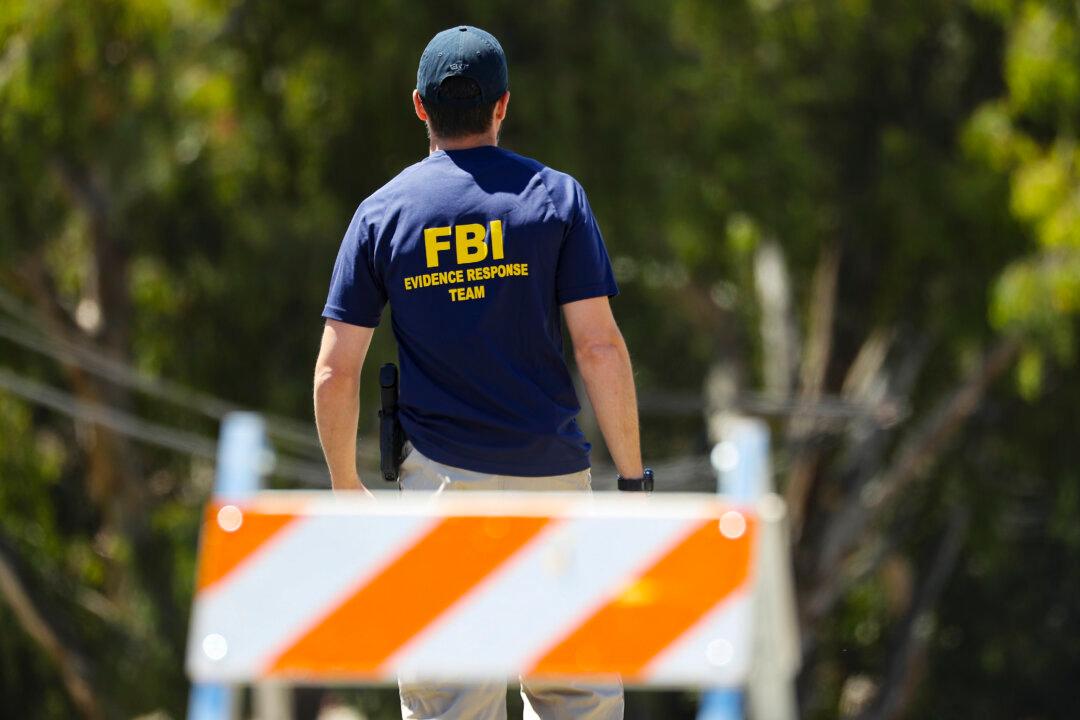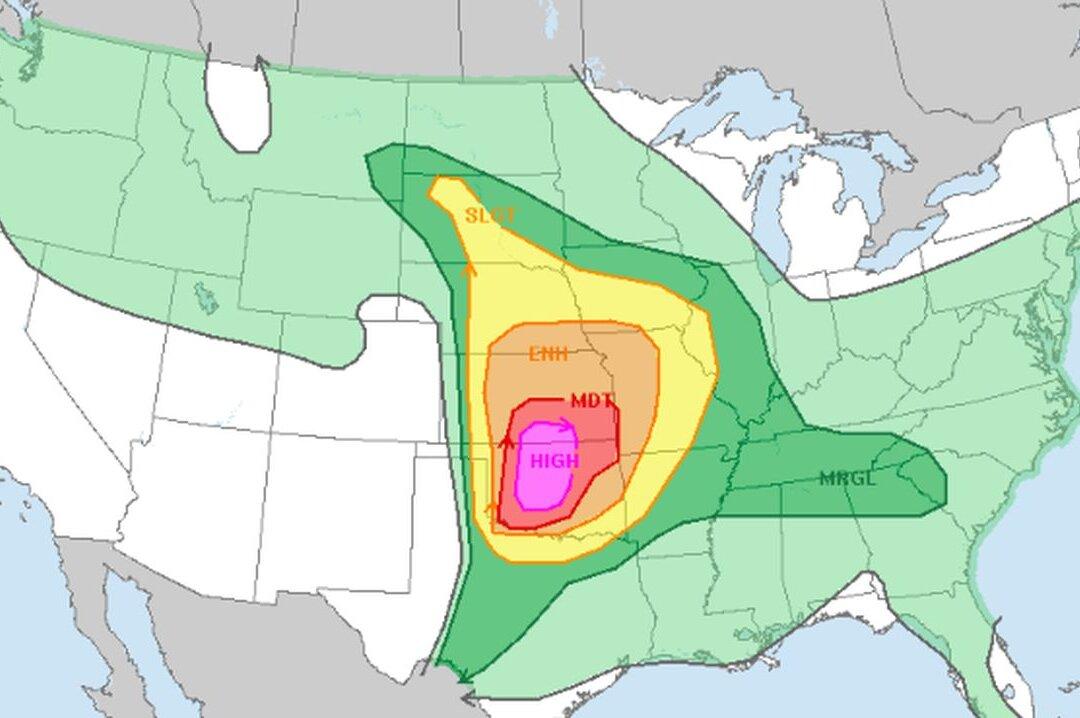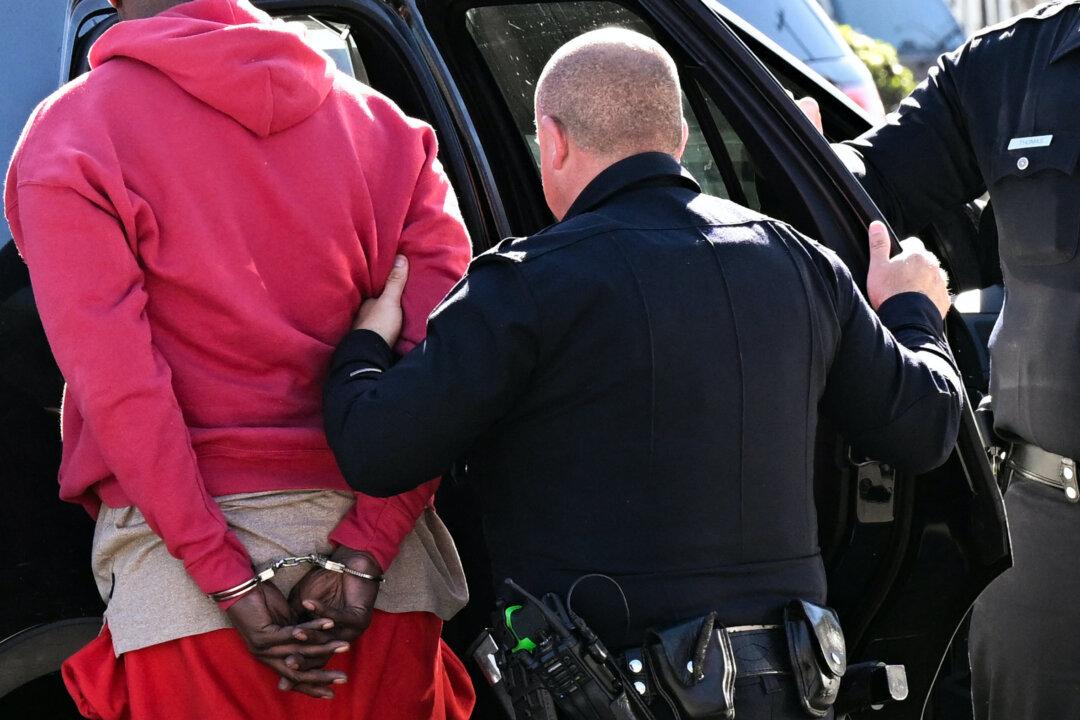A reported tornado did damage in Riverview, Florida, which is located near Tampa Bay, according to reports.
WTSP-TV reported that the storm did damage throughout the area after the tornado touched.
A local viewer said that roofs were torn off buildings, and there was debris strewn around, according to the television station.
“This car got dents and bangs all over it. This one just got broken windshield and some more damage on the side,” said Timmy Cano, referring to Thursday storms.
AP update- Hurricane forecasters: Unpredictable paths to fame
ST. PETERSBURG, Fla. (AP) — We see them on TV, braving tornadoes and hurricanes and flooding.
Delivering the weather has put a whole new group of celebrities on the national radar: meteorologists. But what path did they take to become so well known? For some, it was a childhood obsession with storms; for others, it was a fortuitous but unpredictable turn of events
With the Atlantic hurricane season opening Sunday, here are three of the nation’s most well-known meteorologists and how they reached the top of their field:
JIM CANTORE
A self-described “Vermont boy,” Cantore grew up shoveling snow. Today he’s just as likely to be covering a major blizzard as a hurricane or tornado, one of the undisputed stars of The Weather Channel.
When Cantore was a senior in high school, his father told him to “study the weather” because the teen would linger in the barn, fascinated as he watched the snow falling. “When you wake up in the morning, you'd better love what you do,” his father advised him.
Cantore, who is now 50, attended Lyndon State College, a small school in Vermont’s Northeast Kingdom, studying in its well-known meteorology program.
After graduation, he went home to White River Junction to paint houses for the summer and send out demo tapes of his college weather forecasts. He expected to land a job at a TV station and never dreamed he would one day be deemed a “hurricane hunk” by fans on the internet.
“I knew about snow, I knew about coastal lows. I didn’t know anything about tropical meteorology,” Cantore said
One day that summer his brother walked up to him. “Hey Jim, the Weather Channel called,” his brother said. They liked his tape and hired him.
At that time — 1986 — The Weather Channel was 4 years old. It was in 22 million homes then, and according to Cantore, in about 101 million homes now.
Cantore’s first hurricane was Andrew, in 1992. He reported live from Louisiana.
In 1996, Cantore was in Wilmington, North Carolina, reporting on Hurricane Fran. During a live shot, producers told him that there were “too many people” behind him — hundreds in all.
“‘Wow, this is pretty cool,’ I thought,” Cantore said. “I never thought as a meteorologist I'd have rock star status.”
BRYAN NORCROSS
Norcross took a less traditional path into meteorology, but he also made it to The Weather Channel.
He began his career as a radio DJ, then was a TV news director and producer. He was running a news department for a TV station in Louisville, Kentucky, when he decided he wanted to “try and do the weather.”
“Doing the weather was the intersection of science and broadcasting,” Norcross said.
It intrigued him so much that he ended up going back to school. He earned his master’s degree from FloridaState University in meteorology, then took a job as a forecaster in Tallahassee. From there, he was CNN’s first weekend weather forecaster and took a job in Miami at WPLG in 1983.
“At that time, hurricanes weren’t on people’s minds,” he said, adding the last big storm to hit South Floridahad been Betsy in 1965.
Norcross became interested in South Florida history and its previous storms. He wondered what would happen if a big storm hit the area. In 1990, Norcross went to WTVJ and he suggested that the station raise the profile of the weather during the newscasts, and suggested calling it “The Storm Center.” He broadcast specials about past storms.
Then Andrew hit in 1992. The Category 5 storm devastated Homestead, a town south of Miami. “That really was a confluence of a set of circumstances that happened to come together that allowed us to be prepared like no TV station had ever been,” he recalls.
In 2010, Norcross went to work for The Weather Channel.
“I think of myself as being in disaster communications,” said the 63-year-old. “It’s a bigger thing than understanding meteorology — it’s about explaining what the meteorology means and how it translates into a threat.”
MAX MAYFIELD
Unlike Cantore and Norcross, Mayfield didn’t have a dream of being on TV — quite the opposite. But then came Hurricane Katrina in 2005, when Mayfield became a household name as director of the National Hurricane Center in Miami. Today he’s one of the best in the business at forecasting hurricanes, a specialist at WPLG in Miami.
“When you take the Myers Briggs test, I’m off the scale on the introvert side of things,” the 65-year-old Mayfield laughs. Now, Mayfield is one of the answers on the TV quiz show “Jeopardy,” and it’s all because of hurricanes.
Born in Oklahoma, Mayfield was always interested in tornadoes. As an Air Force ROTC student at the University of Oklahoma, Mayfield wanted to be a pilot, but his vision was poor. So he focused on meteorology instead.
He landed a job in 1972 with the National Hurricane Center in Miami and stayed there for about 35 years. In 2000, he became the center’s director, but it wasn’t until the hurricane seasons of 2004 and 2005 that Mayfield became a household name.
For years, Mayfield had constantly worried that people weren’t taking hurricane forecasts — or the threats ofstorm surge — seriously.
He and his forecasters predicted on Aug. 26 that Hurricane Katrina would hit the bayous of Louisiana.
Mayfield was a constant presence on national television during Katrina, and personally called the governors of Mississippi and Louisiana and the mayor of New Orleans on Aug. 27. The next day, he even talked about the force of Katrina during a video conference call with President George W. Bush at his ranch in Crawford, Texas.
“I just wanted to be able to go to sleep that night knowing that I did all I could do,” Mayfield said.
The storm hit on Aug. 29, just 18 miles from where Mayfield and his team had forecast landfall three days earlier.
Mayfield retired from the hurricane center in 2007 and then headed over to WPLG.
He still worries about how best to communicate the dangers of hurricanes to the public and spends some of his free time giving talks to civic and tourism groups about storm surge.
“A major hurricane is extremely unusual, and a large, strong hurricane with storm surge, it doesn’t happen that often,” he said. “But when it does, it kills hundreds if not thousands of people.”




